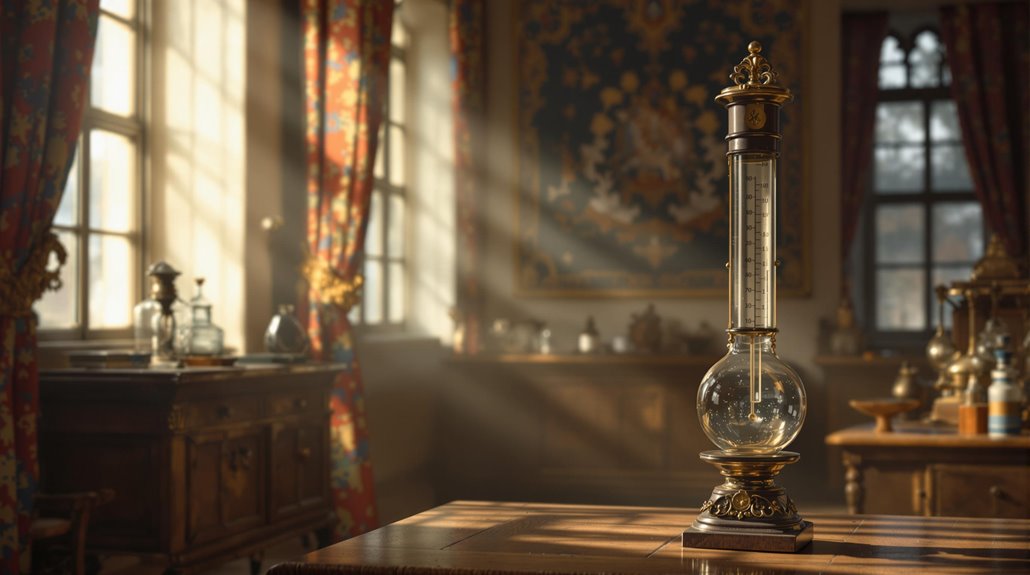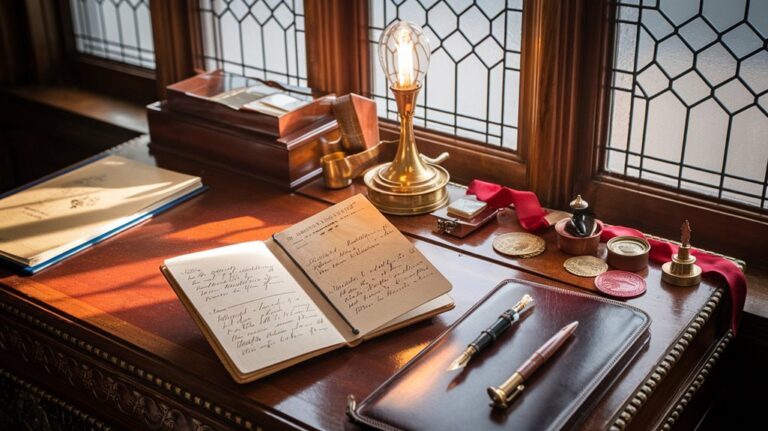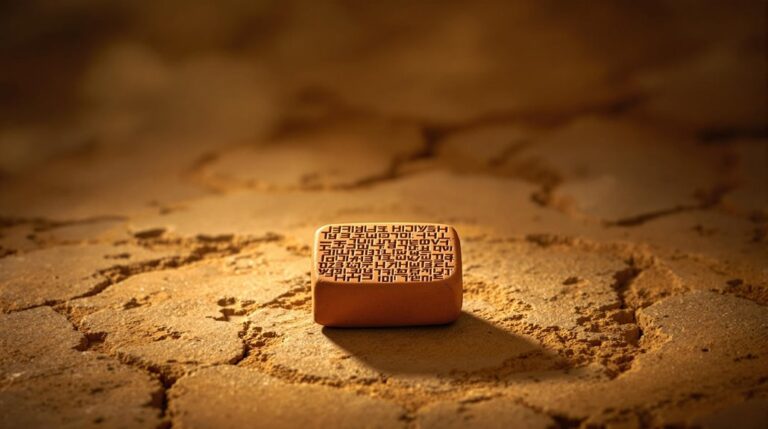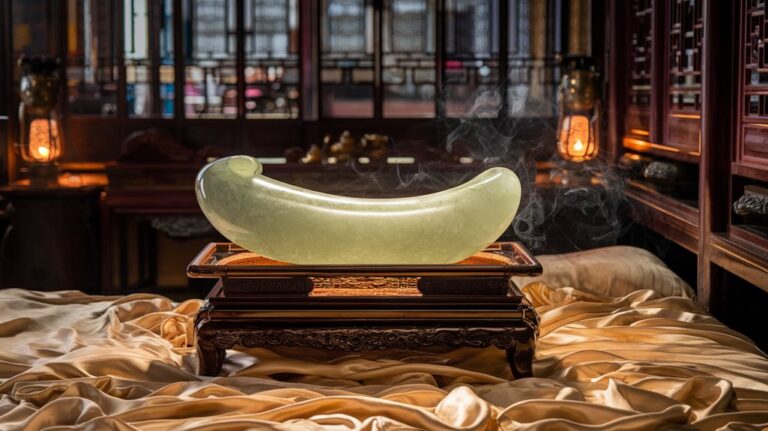Evangelista Torricelli’s Battle Against Doubters: The Barometer He Swore Would Work
You might be surprised to learn that the simple barometer, a device we now take for granted, sparked one of science's most heated debates in the 1640s. When Evangelista Torricelli claimed that invisible air pressure could make mercury rise in a glass tube, many respected scholars called him a fraud. They couldn't accept the idea of a "sea of air" surrounding Earth, let alone the existence of a vacuum above the mercury. What followed was a remarkable story of one man's fight to prove his revolutionary theory.
The Sea of Air Theory That Changed Everything
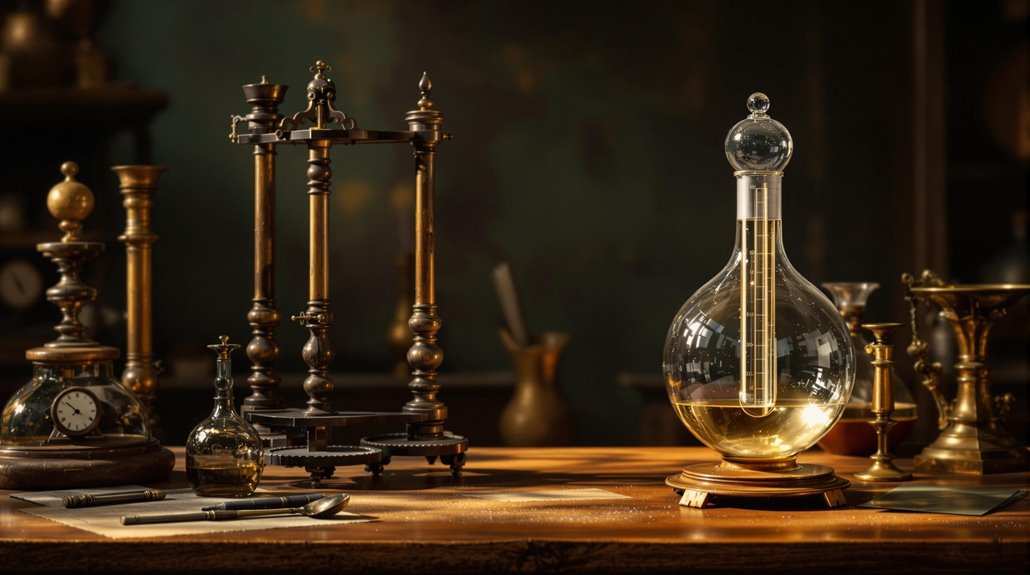
While scientists had long puzzled over nature's apparent aversion to vacuums, Torricelli revolutionized our understanding of the atmosphere with his "sea of air" theory in 1643.
He proposed that you're actually living at the bottom of an ocean of air, where atmospheric density creates pressure just like water does.
Through brilliant calculations, he determined that air pressure at sea level could support a water column of about 10 meters – explaining why suction pumps couldn't lift water higher.
He then predicted that mercury, being 13 times denser than water, would rise to just 76 centimeters.
When pressure variations occurred in the air above, the mercury column's height changed accordingly.
This groundbreaking insight laid the foundation for modern atmospheric science and weather forecasting.
His revolutionary vacuum experiment, which involved using a meter-long glass tube, conclusively demonstrated the relationship between atmospheric pressure and fluid levels.
After moving to Florence in 1641, he worked alongside Galileo Galilei who initially suggested using mercury for these groundbreaking experiments.
Mercury's Rise Against Academic Resistance
Despite Torricelli's elegant mercury barometer design, the scientific community of the 1640s wasn't ready to abandon centuries of established thinking about vacuums and atmospheric pressure.
You'd find scholars clinging to Galileo's suction pump theory and Aristotle's belief that nature abhors a vacuum.
Critics launched fierce attacks on Torricelli's work, claiming the mercury's behavior resulted from hidden mechanisms or invisible strings.
Even Descartes, a leading intellectual, initially rejected the findings.
Academic skepticism ran deep, with universities and religious authorities viewing the experiments as potentially heretical.
His revolutionary use of mercury's high density enabled a practical instrument length of just over a meter, making his experiments more manageable and reproducible.
But you can't argue with results.
Working closely with Galileo as his secretary and assistant, Torricelli had developed a deep understanding of experimental methods that would later validate his findings.
Pascal's mountain experiments and Boyle's air pump demonstrations gradually won over the doubters.
Proving the Skeptics Wrong: Torricelli's Experiments
Torricelli's response to his critics came through methodical experimentation and clear evidence. When skeptical scientists questioned his findings, he systematically demonstrated how atmospheric pressure, not nature's "horror vacui," caused the mercury column to rise.
You'll find his experimental methods were remarkably thorough. He varied tube sizes, tested different liquids, and conducted trials at various altitudes to prove his point. Working closely with Galileo Galilei's guidance, he determined that using heavier liquids would yield more practical results.
When critics doubted the vacuum above the mercury, he showed how the space remained consistent regardless of tube dimensions. The mercury consistently maintained a height of 760 millimeters in his barometer design. He even explained why water pumps couldn't lift water beyond 10.3 meters – a limitation that perfectly aligned with his atmospheric pressure theory.
Through public demonstrations and detailed correspondence with fellow scientists across Europe, Torricelli transformed his mercury barometer from a contested device into an accepted scientific instrument.
From Controversy to Scientific Revolution
As debates about the vacuum raged across Europe in the 1640s, the scientific community stood at a crossroads between ancient wisdom and empirical evidence.
Torricelli's mercury experiments faced intense scientific skepticism, particularly from theologians who couldn't accept the possibility of a vacuum in nature. His role as a skilled lens grinder helped fund his controversial research.
But you can't argue with results. When Blaise Pascal confirmed Torricelli's findings and proved that mercury columns dropped at higher elevations, the philosophical implications were undeniable.
The "sea of air" hypothesis revolutionized our understanding of atmospheric pressure, challenging both Aristotelian physics and Church authority.
This breakthrough didn't just settle an ancient debate – it sparked a scientific revolution. After serving as Galileo's amanuensis in 1642, Torricelli carried forward his mentor's legacy of challenging established scientific beliefs.
Torricelli's barometer became essential for weather forecasting, while his work laid the foundation for modern pressure measurements and hydrodynamics.
The Barometer's Lasting Impact on Modern Science

While the initial mercury experiments sparked controversy, the barometer's enduring legacy transformed multiple scientific fields. You can trace its impact through modern meteorology, where measuring barometric pressure has become essential for weather forecasting and storm prediction.
 Clock and instrument makers in England played a pivotal role in developing practical barometers that could be widely produced and distributed.
Clock and instrument makers in England played a pivotal role in developing practical barometers that could be widely produced and distributed.
The barometer's success inspired a wave of innovation in scientific instruments, from precision clockmaking to sophisticated measurement tools. You'll find its influence in today's weather stations, research laboratories, and even household devices. Atmospheric pressure measurements help meteorologists identify important weather features like frontal boundaries and high pressure systems.
Beyond technical advances, Torricelli's work exemplified the power of empirical observation and controlled experiments, helping establish the foundation of modern scientific methodology. His breakthrough encouraged scientists across Europe to question established beliefs and collaborate, contributing greatly to the 17th-century Scientific Revolution.

